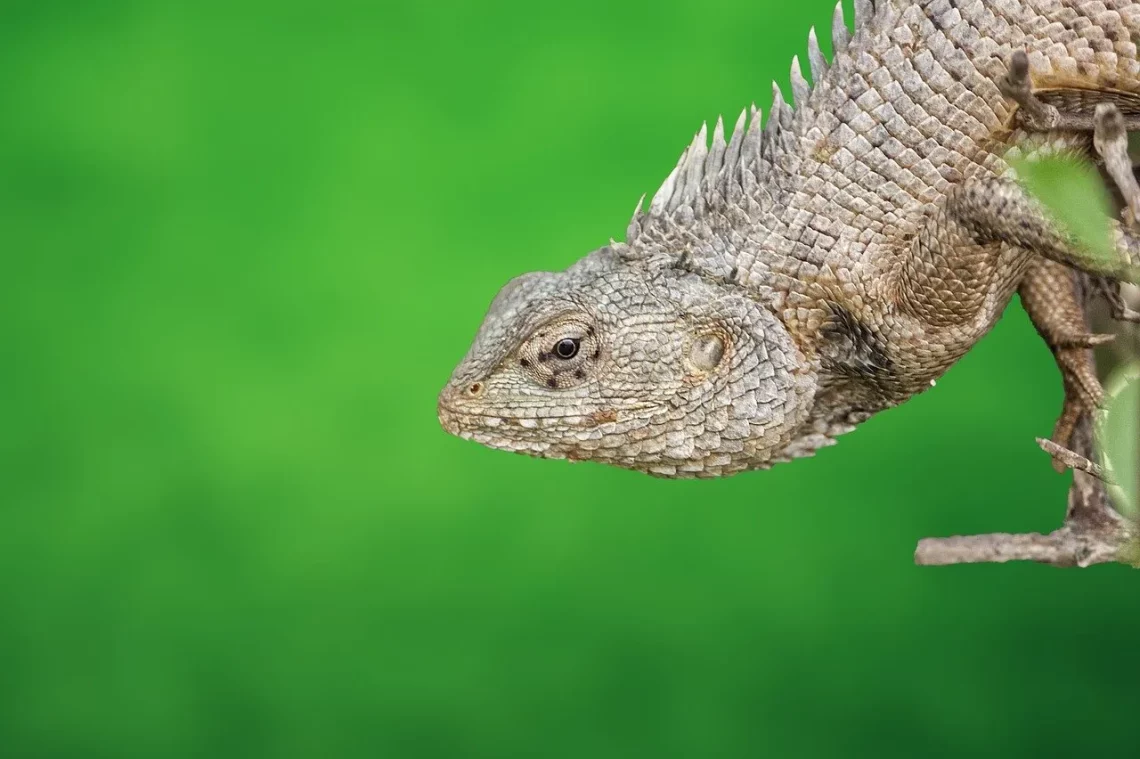
The Fascinating World of Pink Leopard Geckos as Pets
The world of exotic pets is as diverse as it is fascinating, drawing in animal lovers and enthusiasts alike. Among the many unique species that have captured the hearts of pet owners, the pink leopard gecko stands out for its striking appearance and engaging personality. These small reptiles are not only visually appealing but also showcase intriguing behaviors that make them ideal companions for both novice and experienced reptile keepers.
Originating from the arid regions of Asia, particularly in countries like Afghanistan and India, the pink leopard gecko has become increasingly popular in the pet trade due to its vibrant coloration and relatively easy care requirements. With their gentle disposition and low-maintenance needs, they are often recommended for those looking to delve into the world of reptiles. Their unique features and adaptability to captivity make them a perfect choice for anyone seeking a non-traditional pet.
As the interest in these captivating creatures grows, it’s important to understand their specific care requirements, habitat needs, and the joy they can bring to our lives. By exploring the fascinating characteristics of pink leopard geckos, we can gain a deeper appreciation for these remarkable reptiles and what they bring into our homes.
The Unique Characteristics of Pink Leopard Geckos
Pink leopard geckos are known for their striking appearance, featuring a beautiful blend of pink and yellow hues that can vary in intensity. This unique coloration is a result of selective breeding, with many enthusiasts striving to create vibrant and visually appealing variations. Their distinctive spots and patterns, reminiscent of a leopard’s coat, contribute to their allure and make them a favorite among reptile collectors.
Beyond their stunning looks, these geckos exhibit a range of interesting behaviors. They are nocturnal creatures, typically active during the evening, which can provide a delightful opportunity for owners to observe their antics after a long day. They are known to be curious and inquisitive, often exploring their environment and interacting with their surroundings. This active nature makes them a joy to watch as they navigate their habitat.
In terms of size, pink leopard geckos are relatively small compared to other reptiles. Adult geckos typically reach lengths of 7 to 10 inches, making them manageable pets for those with limited space. Their gentle demeanor is another appealing trait; they are generally docile and can become accustomed to handling, allowing for a bond to develop between the pet and its owner.
Their life span is another factor that adds to their desirability as pets. With proper care, pink leopard geckos can live for 15 to 20 years, meaning they can be long-term companions for their owners. This longevity is often a significant consideration for potential reptile owners, as it emphasizes the commitment involved in pet ownership.
Overall, the unique characteristics of pink leopard geckos not only make them visually stunning but also provide a wealth of engaging behaviors that can enhance the pet-owning experience.
Setting Up the Perfect Habitat
Creating a suitable habitat for a pink leopard gecko is crucial for its well-being. These reptiles thrive in environments that mimic their natural habitat, which is typically dry and rocky. When setting up a terrarium, it is essential to consider factors such as temperature, humidity, and substrate.
The ideal temperature gradient for a leopard gecko habitat ranges from 75°F to 90°F (24°C to 32°C), with a basking area that can reach up to 95°F (35°C). This temperature variation allows the gecko to regulate its body temperature effectively, which is vital for its metabolism and overall health. Owners can achieve this gradient by using heat mats or under-tank heaters, ensuring that the gecko has access to different temperature zones.
Humidity levels should be monitored as well. Pink leopard geckos prefer a humidity level of around 30% to 40%. Too much humidity can lead to health issues such as respiratory infections, while too little can cause shedding problems. Providing a small water dish and misting the substrate lightly can help maintain the right humidity levels without overdoing it.
Substrate choice is also an important consideration. Many owners opt for reptile carpet, paper towels, or tile, as these materials are easy to clean and reduce the risk of impaction—a condition that can occur if the gecko ingests substrate. Avoid using sand or loose substrates, as they can pose a serious health risk to these reptiles.
Decor and hiding spots are essential for the gecko’s mental and physical stimulation. Incorporating items such as rocks, caves, and plants can create a more enriching environment. These elements provide hiding spots where the gecko can feel secure, as well as areas to explore and climb.
In conclusion, setting up the perfect habitat for a pink leopard gecko requires careful consideration of temperature, humidity, substrate, and decor. Creating an environment that closely resembles their natural habitat will promote their health and happiness, ensuring they thrive as beloved pets.
Feeding and Nutrition Essentials
Feeding pink leopard geckos is relatively straightforward, but it requires attention to detail to ensure they receive a balanced diet. As insectivores, their diet mainly consists of various live insects, making it essential to provide a variety of food sources to meet their nutritional needs.
Common food items for leopard geckos include crickets, mealworms, and roaches. It’s important to offer insects that are appropriately sized for the gecko—typically, the insects should be no larger than the width of the gecko’s head. This ensures they can safely consume their food without risk of choking.
In addition to offering a variety of insects, it’s crucial to provide proper nutrition through gut-loading and supplementation. Gut-loading involves feeding the insects nutritious foods before offering them to the gecko. This process ensures that the gecko receives essential vitamins and minerals. Common gut-loading foods include fresh fruits and vegetables, grains, and commercial gut-loading formulas.
Supplementation with calcium and vitamins is also necessary for the health of pink leopard geckos. Dusting the insects with a calcium supplement (with and without vitamin D3) a few times a week helps prevent metabolic bone disease, a common issue among reptiles. A multivitamin supplement can be administered every two weeks to ensure the gecko receives a well-rounded diet.
Water is another critical component of their diet. While pink leopard geckos may not drink from a water bowl frequently, it’s essential to provide fresh water at all times. A shallow dish should be placed in their habitat, and it should be changed regularly to keep it clean.
In summary, feeding pink leopard geckos involves offering a variety of live insects, ensuring proper nutrition through gut-loading and supplementation, and providing fresh water. By understanding their dietary needs, owners can help their geckos thrive and enjoy a healthy life.
The Joy of Bonding with Your Geckos
One of the most rewarding aspects of owning a pink leopard gecko is the bond that can be formed between the pet and its owner. Despite being reptiles, these creatures can develop trust and familiarity over time, leading to enjoyable interactions.
To build a bond with a leopard gecko, patience is key. Initially, it’s essential to allow the gecko to acclimate to its new environment without excessive handling. Once it seems comfortable, owners can begin to interact more closely. Gentle handling during feeding time can help establish positive associations with the owner.
Frequent, calm handling can also promote trust. It’s important to support the gecko properly during handling and to avoid sudden movements that might startle it. Over time, the gecko may become more accustomed to being held, allowing for longer interactions.
Observing their behaviors can also deepen the bond. Watching them explore their habitat and engage in natural behaviors can be incredibly rewarding. Owners may find joy in learning their gecko’s unique personality traits, such as preferred hiding spots or favorite basking areas.
Creating a routine can further enhance the relationship. Geckos thrive on consistency, so having a regular feeding schedule and interaction time can help them feel more secure. Establishing this routine allows the gecko to recognize the owner as a source of care and safety.
In essence, the joy of bonding with pink leopard geckos is a unique experience that enhances the pet ownership journey. Through patience, gentle handling, and observation, owners can cultivate trust and companionship with these fascinating reptiles.
In conclusion, pink leopard geckos are captivating pets that offer unique characteristics, manageable care requirements, and the potential for a rewarding bond. By understanding their habitat needs, dietary requirements, and the importance of interaction, owners can create an enriching environment that allows these remarkable creatures to thrive.
**Disclaimer: This article is not intended as medical advice. For any health-related concerns regarding pets, please consult a veterinarian.**




